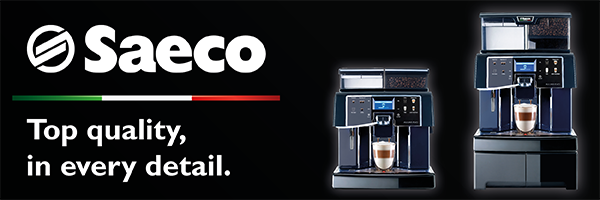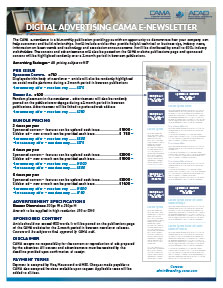Cleaning tips to help extend the health of Monetary Systems
One could argue that the monetary systems in our machines and kiosks today are the most vital piece to a successful consumer experience. These units need to be able to accept the form of payment the client has chosen and pay back any necessary change. If either of these items do not take place as part of the transaction, you are left with a client that is unhappy, even if they did receive the item they had purchased. As a manufacturer of this equipment, I can assure you that the monetary systems are also the most overlooked components when it comes to a regular cleaning and maintenance schedule. They are plugged in, powered up and forgotten about, until that time they no longer work. Time and again they arrive into the service centers with clear signs that regular maintenance has been overlooked. Below we will look at the 3 major components that make up the monetary devices in our machines today and provide some instructions on how best to keep up with the cleaning routines.
Let’s start with cleaning materials. Find yourself a lint free rag and dampen it with some warm water. For the majority of the cleaning, this is all that is required. For excessively dirty units, use a damp cloth with a mild detergent. Mild detergent would be considered hand or dish soap. Never submerge the coin changer in water. Do not use solvents, steel wool, scouring pads, or metal brushes for any part of the cleaning. Compressed air in a can, would be a bonus.
It is recommended by the OEM’s that cleaning of a coin mechanism take place every 5,000 – 10,000 coins inserted or every 6 months. For a bill validator it is encouraged that this cleaning take place every 20,000 - 25,000 bills inserted or every 2 years.
Coin Mechanisms
Remove power. Since all coins share a common coin ramp, heavy usage or a dirty environment can result in dirt build up. Clean the metal coin ramp by lifting or opening the acceptor gate/door. Wipe the metal coin ramp and inner surface of the acceptor with a damp cloth. Clean the inner surface of the intermediate cover and the acceptor’s coin separation sections if appliable. On the backside of the coin changer, remove the cashbox chute cover. There will be a sensor and mirror area to be cleaned. Next, with the front lower cover open or removed and access to the tubes, use a damp cloth and/or compressed air to clean away any dust. Once again you should see sensors above the tubes or behind the tubes. It is important that these areas be cleaned.
Bill Validators
Remove power and bill box. Pull out lower housing. This is an area where many times foreign objects or liquids will be found. The lower housing is connected to the main chassis by a harness. With the lower housing in your hands, clean the bill path along with sensors on the lower housing as well as the sensors inside the upper housing area. Use a damp cloth to wipe down transport belts or a blast of compressed air.
Card Readers
With no moving parts, the card reader is the easiest of the 3 pieces to keep clean. A simple damp cloth with a dab of mild detergent to wipe off the front of the reader should be all that is needed. This is likely being done already as part of the regular cleaning of the machines many of us have had to undertake as part of COVID precautions. A blast of compressed air over the mag stripe area is okay but not a must. With the mag stripe on many card readers being vertical the dirt and debris will typically fall out or be removed by the next card swipe.
Taking the above mentioned cleaning measurements can certainly extend the health of the units. They are not always perfect, but the more preventative care we put into them, the longer we can expect to reap the benefits and avoid having to pay for repairs.



%202023.png)


